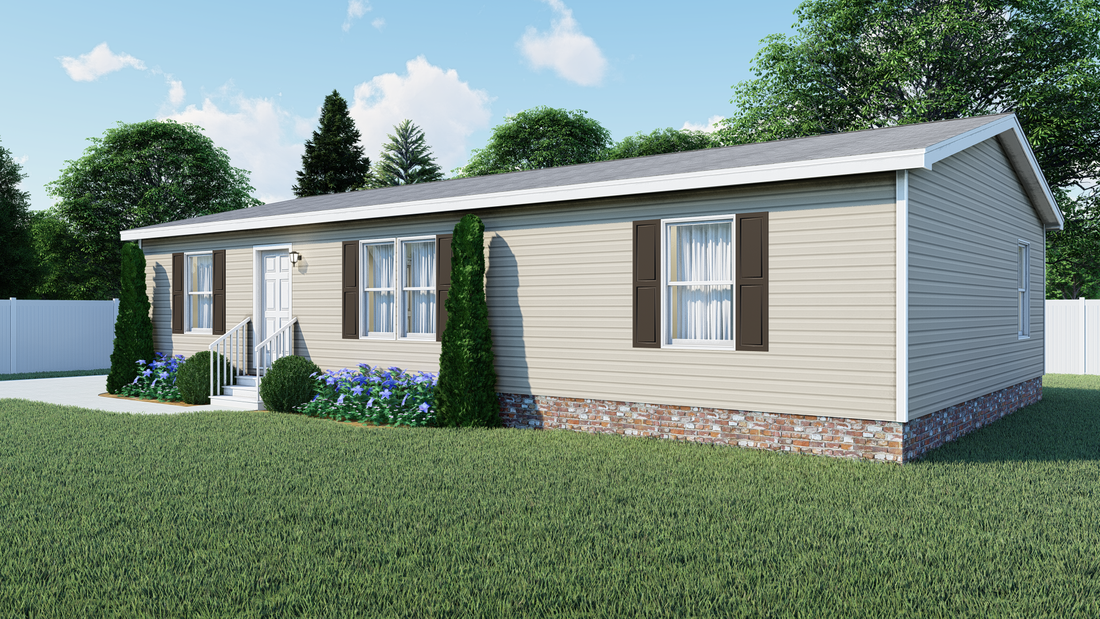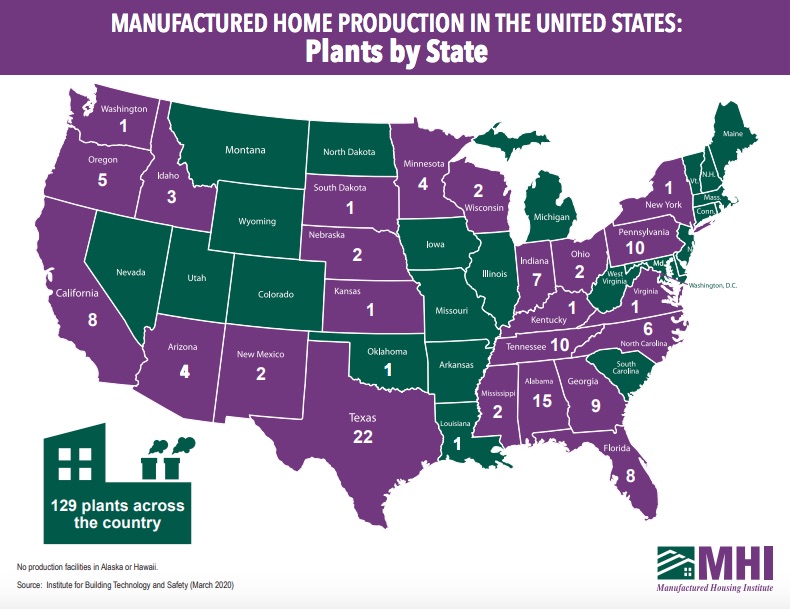Removing Roadblocks for Manufactured Housing
Limited supply and restrictive zoning are preventing widespread use of this housing type as an affordable alternative.
Currently, manufactured housing is at the forefront of affordable housing solutions because the average cost of a manufactured home is $49 per square foot—nearly half the price of a site-built home which is $107 per square foot, according to the Manufactured Housing Institute.
Investors have responded by snatching up assets, especially in the Northeast and coastal metropolitan areas, where affordable housing is in greatest demand. MHI estimates that manufactured housing comprises only 10 percent of the nation’s housing stock. Demand is high, but new supply is limited.

Clayton Homes, a builder of manufactured housing, has streamlined regulation requirements with a number of designs that blend more easily into neighborhoods. Image courtesy of Clayton Homes
One reason is local politics and restrictive zoning regulations that make it difficult to build new manufactured housing communities. Hoya Capital Real Estate estimates that the total supply of manufactured housing sites has grown at a rate of 0 percent to 1 percent per year over the past decade, compared to 1 percent to 2 percent per year supply growth in the major real estate sectors.
In its summer 2020 Manufactured Housing Trends Report, JLL researchers also attributed the declining supply to investors redeveloping communities and not replacing them.
Clayton Homes, a builder of manufactured housing and modular homes owned by Warren Buffett’s Berkshire Hathaway, has streamlined zoning and permitting requirements with a new off-site built housing category called CrossMod™ Homes.

Manufactured homes are produced in 129 plants across the country. Texas leads the way with 22, followed by Alabama with 15. Image courtesy of the Manufactured Housing Institute
“It is helping us place HUD-code homes in more locations,” says Caitlyn Crosby, media relations manager at Clayton Homes. The new category’s aesthetics and standard features are helping with local zoning ordinances and gaining neighborhood acceptance.
Another way to increase new manufactured housing stock is by amending the Federal Manufactured Home Construction and Safety Standards. In January 2020, the U.S. Department of Housing and Urban Development proposed changes that would encourage the creation of additional manufactured housing supply. If finalized, these amendments would provide increased flexibility in manufactured home design, and the reduction of regulatory burdens on the industry.
“Based on the most recent JLL Manufactured Housing Trends Report, stabilized occupancy remains near an all-time high at 93.5 percent, with western markets experiencing the highest average occupancy at 94.7 percent and the lowest occupancy in south central markets at 92.3 percent,” said Scott Belsky, national practice lead of manufactured housing, JLL Valuation Advisory.
Sector Insights rotates among office/medical office, industrial, retail, multifamily, self storage and hotel/hospitality.







You must be logged in to post a comment.